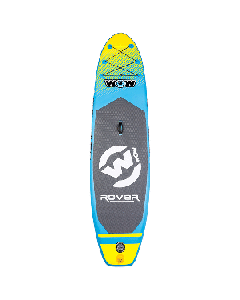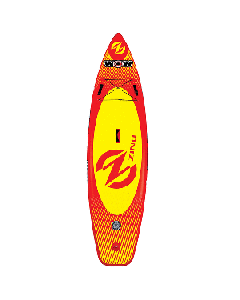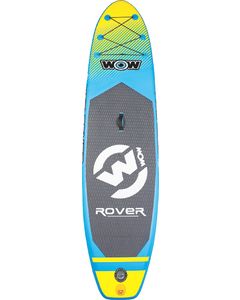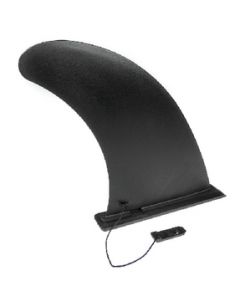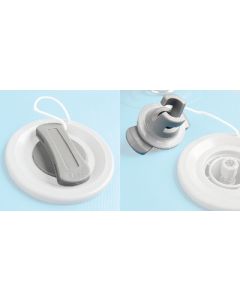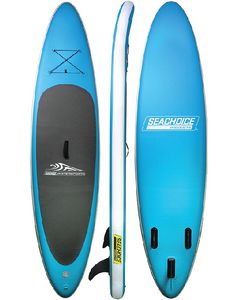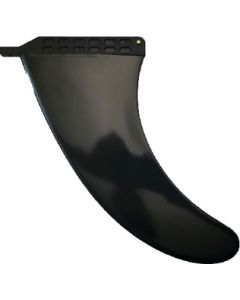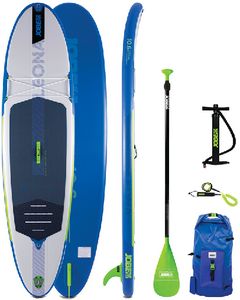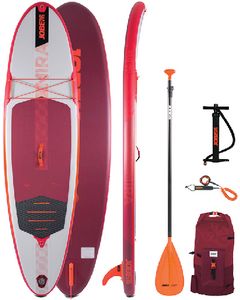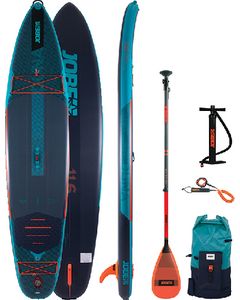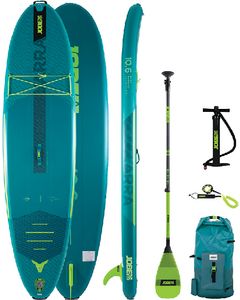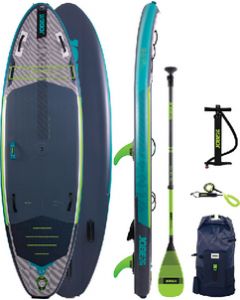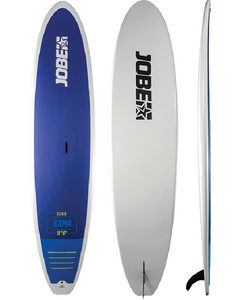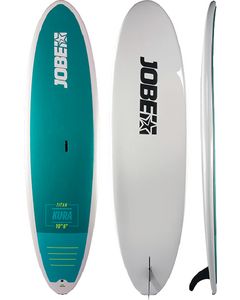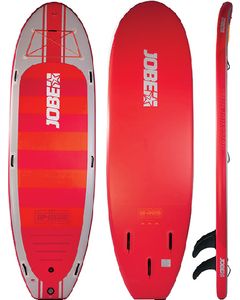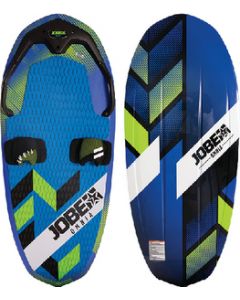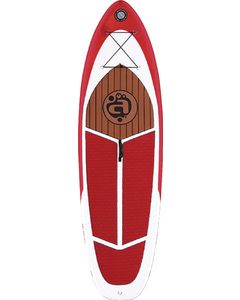Paddle Boards How-Tos
Get Familiar with the Parts
SUP's are becoming increasingly popular these days. There is a wide variety on the market for you to choose from. They are designed for experts and for those who are just starting out. While most vary, generally all of them have the same parts. Most of them include the following:
Nose:The front or tip.
Deck: The top. The deck of is the part the rider stands on. The deck can be curved or flat.
Bottom: The underside where the fin is attached.
Rails:: Rails refer to the edge or the side.
Rocker:The rocker is referring to the way the board curves from nose to tail - mainly where the tail curves upward. The rocker aids the rider with catching waves.
Deck Pad:Usually foam or rubber, the deck pad gives the rider traction while standing. Not only does the deck pad help with traction and paddling, but the deck pad can also add style.
Fins:Fins are located on the bottom on the tail. They keep the board stable and without one, you wouldn't be able to stand up. Fins help prevent from sliding out and helps keep the board moving straight on calm or flat water.
Handle:Commonly referred to as a soap dish, most come with a groove so you can hang on to the board while you carry it under your arm. The groove is similar to a clam shell - a small area for the rider to hold onto while walking.
Leash:Sometimes called a leg rope, the leash keeps the board attached to the rider. The rider attaches the leashto their ankle.
Vent: SUP's are made with foam, which contains gas. Some have vents that can be used to equalize the gases that are contained within the foam. The vents help to prevent damage to the while it's stored.
Tail:The back or rear.
So, whether you are planning on buying a surf style or an all-around stand up paddle board, you can expect the same parts.
How to Choose The Best SUP For Me
Finding the right paddle board is very important. There are many things to take into consideration such as skill level, where you plan on paddling, and if more than one person is using the board.
If you are a beginner, one of the first things you should do is attend an event where you can test several paddle boards before buying one.
There are two types of water that all stand-up boards will be used in - flat water (Lakes, or calm water areas), or surf water (Ocean, or river areas). Flat water boards are for lakes and calmer waters. Surf paddle boards are for surfing the ocean or rivers.
Beyond the type of water you will be paddling on, there are five other classifications to consider based on the type of activity:
Surfing - these are shorter boards and tend to do better among the waves and choppier waters.
Family Recreation - an all-purpose board will be a wider board that brings more stability and enjoyment while allowing flexibility.
Cruising - these are longer boards, often with room for cargo and gear. Cruising boards are designed for flat, smoother surfaces.
Fitness and Race - these boards are both long and narrow and are designed for speed in any water.
Exercise & Yoga- These boards are wide and stable and are often built with a full deck pad for a better grip in the various yoga postures you may be attempting.
When choosing a paddle board, your height and weight can influence the type you choose. The shorter you are, the narrower you will want your board (preventing you from reaching unnecessarily far). The more you weigh - the sturdier you will want your board to be.
The length will affect how fast you will travel and how easily it will turn. The longer the board - the faster and the straighter it will go. The shorter the board will make it easier to turn.
Fin setup and SUP traction pads are the next things to consider. Most boards will have one, two or three fins, but can have as many as five. Flat water boards usually have one fin, while surf based boards will have three, giving it more versatility and maneuverability. Traction pads can be as big or small as you would like. The size of the traction pad will depend on how much you move around on the board. As you can see, there are some things to consider before you buy one. Ideally, the first step is to know what type of activity you want to participate in, and on what type of water. Knowing these two factors will guide you in the direction of purchasing the perfect board for you.
Learn The Basics
There are a lot of ways to paddle board. Whether you enjoy being out on the lake, ocean or river. If you are a new to this exciting sport, there are some basic maneuvers to learn to maximize your experience.
To be safe and efficient, there are a few pieces of equipment that you will need to be successful. First off, you will obviously need a good paddle and board. Choosing the best paddle board will be determined by height, weight, skill set, and water conditions.
Secondly, a strong paddle. Unless you want to stand and just float, getting a proper paddle will allow you to move almost effortlessly across the water. Experts agree that the right paddle will be about 6" - 10" taller than the height of the person paddling.
Thirdly, similar to surfing or body boarding, you will want to get a leash. A leash will allow you to tether yourself to the board in the off chance that you fall off or get separated. All leashes are not created equal, so getting the right one, again, based on where you will be most using your board, will depend on what leash you get.
Lastly, proper clothing and life jackets is essential for safety and comfort. Having the right swimwear to protect you from potential problems such as hypothermia is very important. Keep in mind that the US Coast Guard considers a SUP's as a vessel. So always choose a PFD (Personal Flotation Device) style lifejacketto have with you at all times.
When starting out, it may be easier to begin paddling by kneeling on the board, then after a while, standing up. Balance is the biggest key here. To get to that upright position, be sure to stabilize yourself by keeping both hands on the edge of the board, then, from the kneeling position, slowly stand up.
Your stance should be about shoulder width apart. Just like riding a bike, it is best to place focus on the direction you are heading and not on your feet.
The stroke, or momentum, that you will use may at first seem to be the opposite reaction to where and what you want to do, but you will find that it works. To paddle to the right, place your right hand at the bottom position on the shaft, with your left hand above, and vice-a-versa for paddling to the left. There is no need to make big or powerful strokes at first, start with basic, small, strokes, and you will find that it goes a long way.
Paddle boarding is relatively easy to learn, there will still be some moments where you may fall or slip while on the board. If this does happen, aim to fall off the board and land in the water, this will prevent you from hitting a hard surface and causing injury. If you lose your paddle, swim over to your board first, and then you can paddle over (using your hands/arms) to retrieve your paddle.
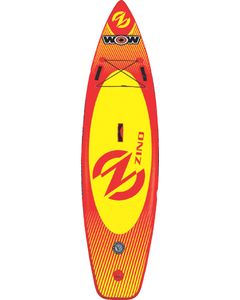 WOW Watersports Zino Inflatable SUP PackageSpecial Price $649.99 Regular Price $699.99Out of stock
WOW Watersports Zino Inflatable SUP PackageSpecial Price $649.99 Regular Price $699.99Out of stock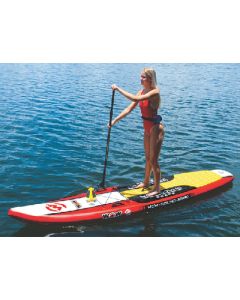
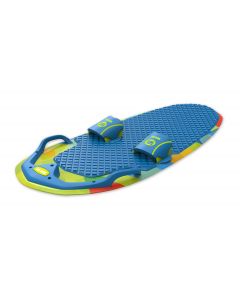 Zup DoMore BoardOut of stock
Zup DoMore BoardOut of stock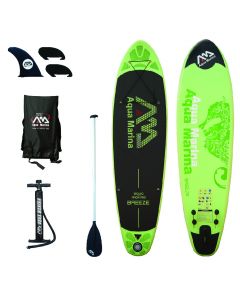 Aqua Marina - Inflatable PaddleboardOut of stock
Aqua Marina - Inflatable PaddleboardOut of stock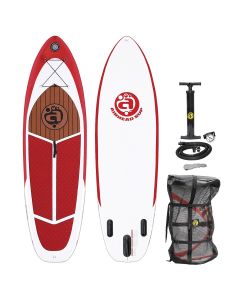 Airhead Stand Up PaddleboardOut of stock
Airhead Stand Up PaddleboardOut of stock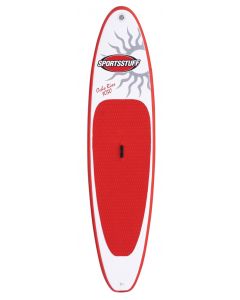 Sportsstuff Ocho Rios Inflatable SUPOut of stock
Sportsstuff Ocho Rios Inflatable SUPOut of stock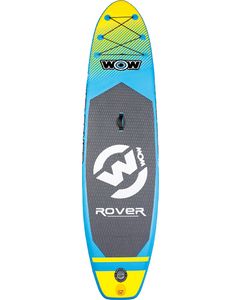 WOW Watersports Sup 10'-6 Inflate FlatwaterSpecial Price $512.80 Regular Price $719.94Out of stock
WOW Watersports Sup 10'-6 Inflate FlatwaterSpecial Price $512.80 Regular Price $719.94Out of stock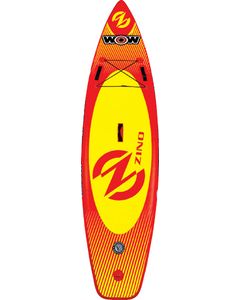 WOW Watersports Sup 11' Inflate Package ZinoSpecial Price $512.94 Regular Price $614.97Out of stock
WOW Watersports Sup 11' Inflate Package ZinoSpecial Price $512.94 Regular Price $614.97Out of stock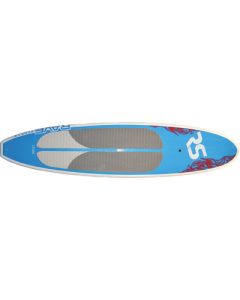
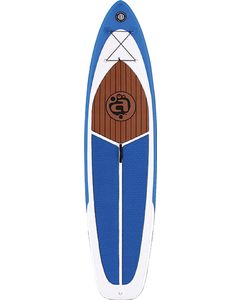
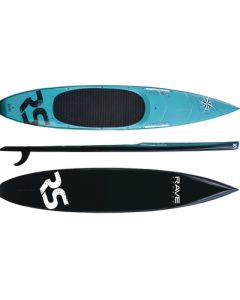 Revel Match LLC Expedition Series Es140 14' SuSpecial Price $1,019.99 Regular Price $1,699.98Out of stock
Revel Match LLC Expedition Series Es140 14' SuSpecial Price $1,019.99 Regular Price $1,699.98Out of stock
